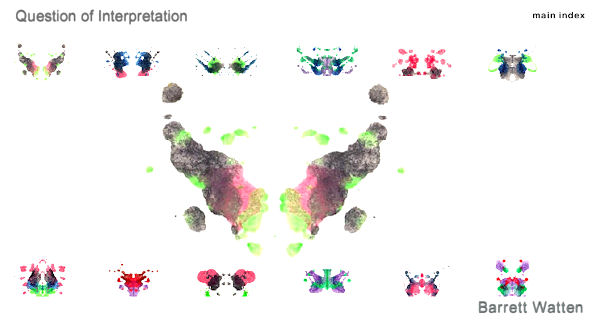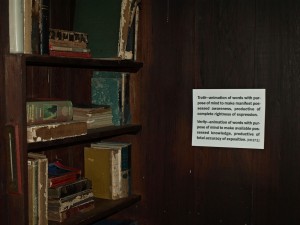My resolve for this website project, at least at the outset, has been to post “something” once a day. But what counts as something? One of David Letterman’s fugitive routines suggests a standard for judgment: “Is it something, or is it nothing?” Not remembering the correct title for the routine, I searched the internet and came up with a number of philosophy sites that had used the line as a cue—but nothing like a record of Letterman’s usage.
The last post is an example. As the time frame for posting “something” on January 20 neared its end, due to the lateness of the hour and the difficulty of the day, I was starting to draw a blank. That in itself could be “something,” properly framed. I searched the internet for traces of “something” and, following the faintest of threads, came up with a 90-minute video I had not previously seen, a virtual screen test from the ontological bunker of aesthetic theory.
This was truly “something,” and suggested an idea for my next post: an account of David Letterman’s routine, were I able to substantiate it. Perhaps it was entirely ephemeral, made up—but the ghost of its effects in the larger culture remain. Chris Vitiello, on Facebook, posted a random entry that showed the way: “Who the **** is Jay Leno?” This may have been the origin of the routine, as I have never understood what Jay Leno is about, if anything.

















